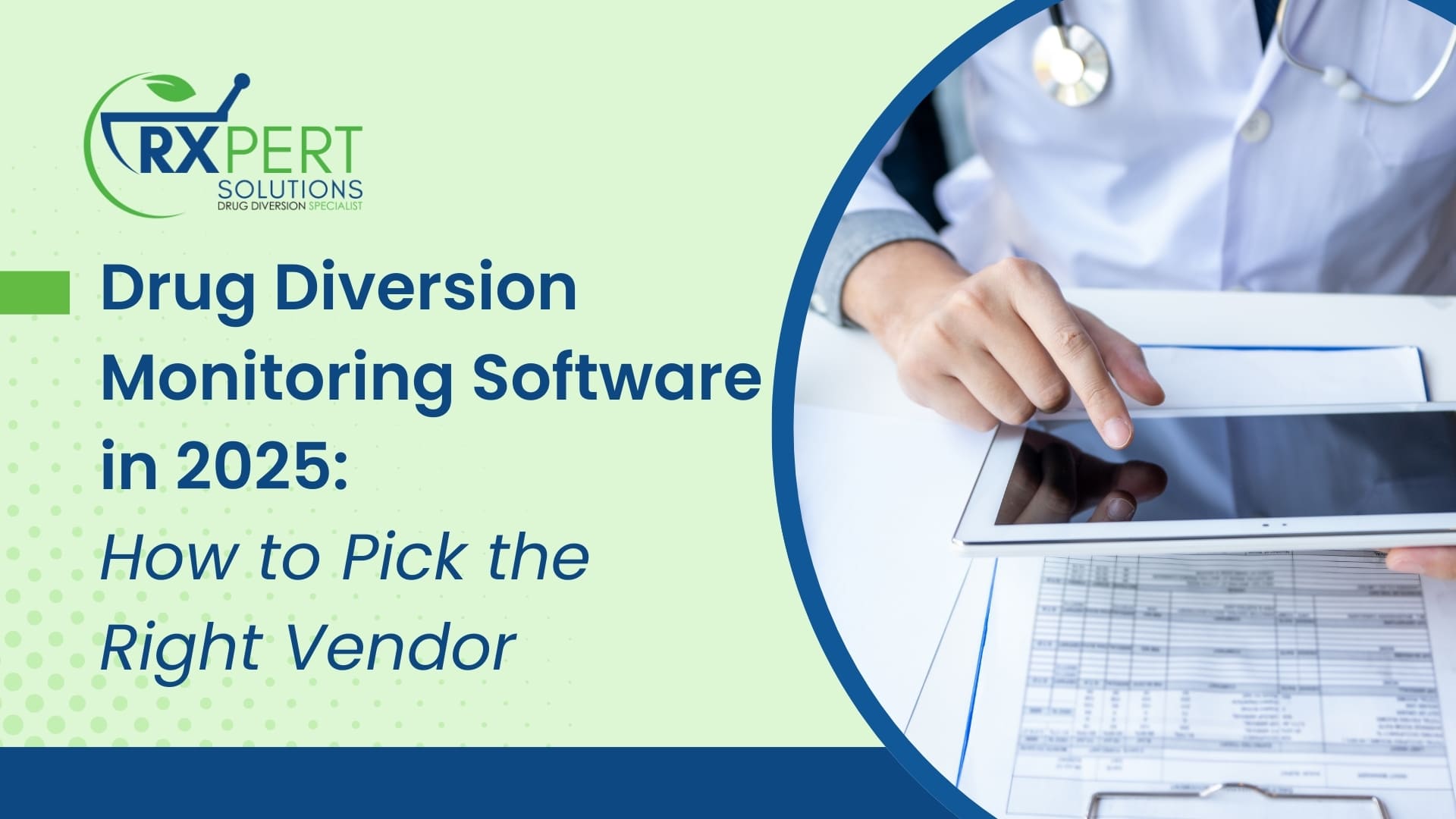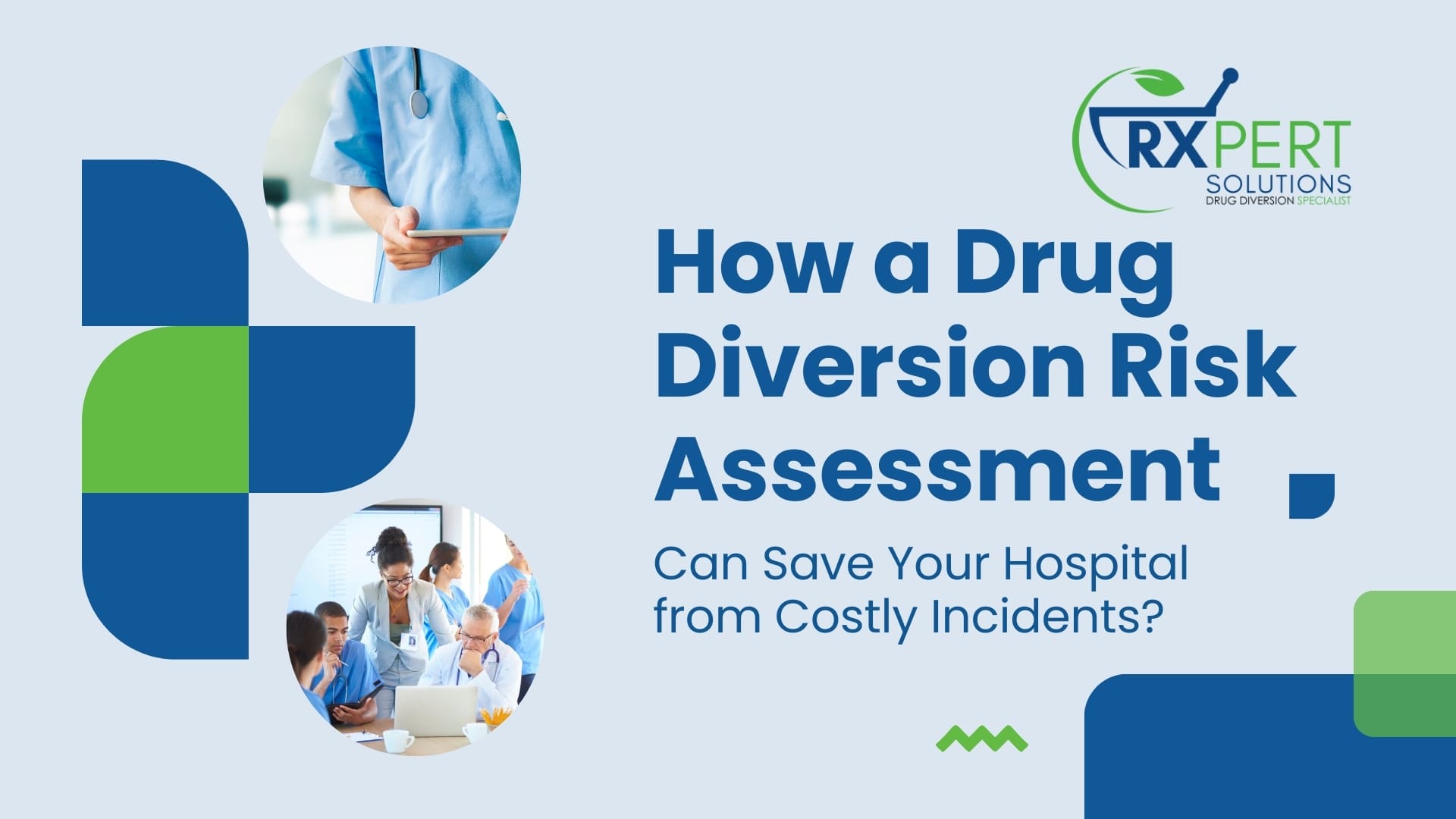What kind of evidence do you need to pronounce a guilty verdict when it comes to diversion? Catching someone in the act of placing medication in their pocket when they are supposed to be wasting or seeing vials fall out of their locker leaves little room for doubt. Watching someone on camera substitute saline for another medication is definitive. Interviewing a reliable patient immediately after a nurse charts administration of a pain med and hearing the patient did not receive it is conclusive. But what if you don’t have those types of “proof”. What if you have data that tells you this person practices differently than their peers? They dispense more, they waste more, they enter more verbal orders, or they do not account for some of the meds they have removed. They provide reasons for these differences that are not completely convincing and, at best, mean they may not be following some policies. Are abnormal numbers and failure to follow policies enough to call it diversion and report to the licensing agency? In many cases, yes.
After being in the diversion monitoring space for years, one recognizes that we may not have the act of diversion on camera, but seeing abnormalities in the data (without a legitimate reason for those abnormalities) requires next steps, which would be a formal interview with the person of interest. The data and the interview are what we will need to base our decision on. I find that many don’t feel comfortable declaring it diversion if they don’t get an admission. Some don’t even feel comfortable with a formal interview if all they have is data. In cases like this, some feel comfortable terming and reporting for unsafe practices while mentioning the failure to rule out diversion. What kind of evidence do you need to pronounce a guilty verdict when it comes to diversion? This may be a good discussion to have with your diversion team.





